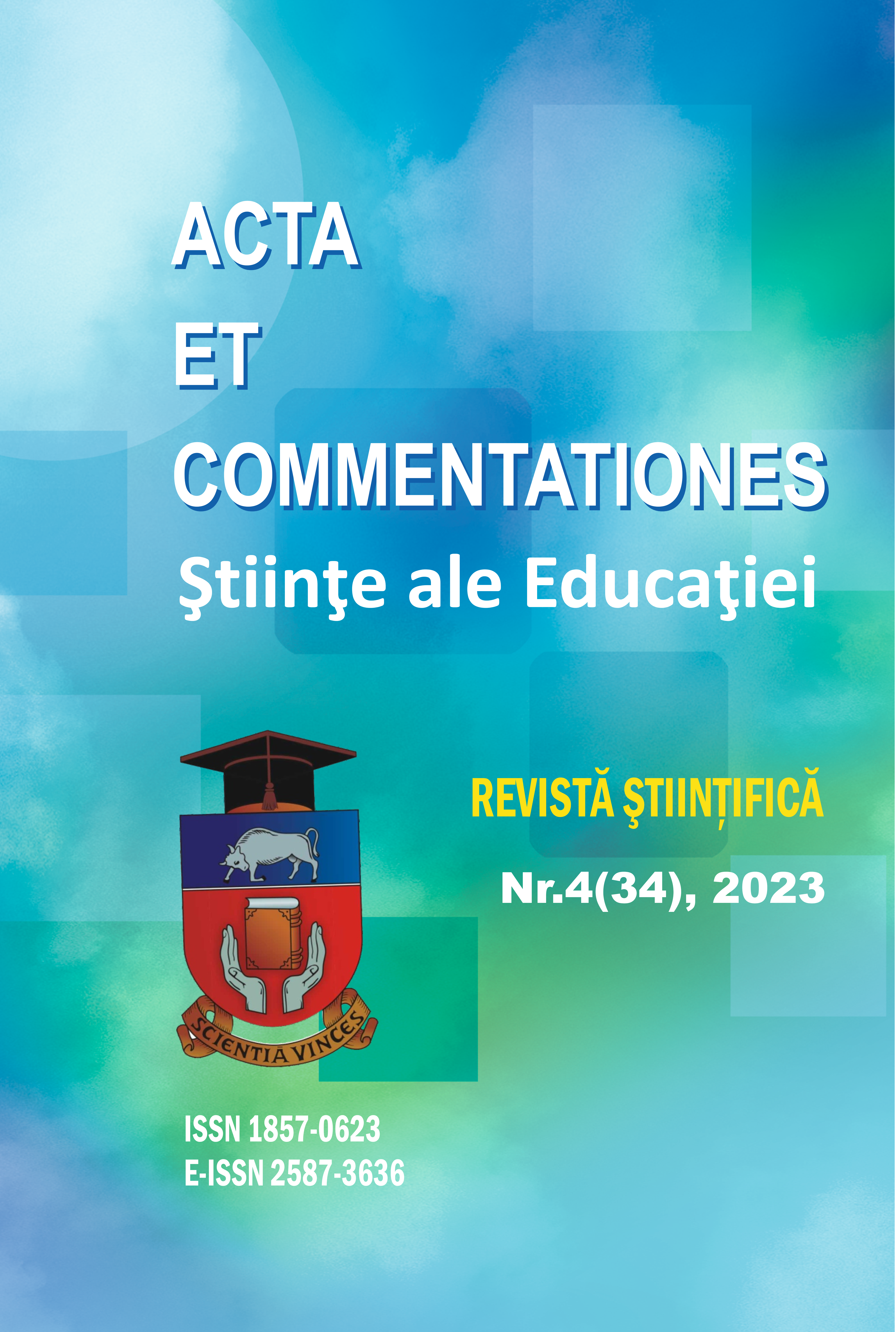Abstract
The material discusses the Reggio Emilia approach in early education, its origins, and its implementation in Romanian preschools. It emphasizes the focus on individuality, sensory integration, and the use of diverse materials, including "loose parts" and digital technology. Specific examples include activities involving clay modeling, self-serving meal preparation, and exploration of the invisible spectrum of light. The approach encourages independence, multisensory learning, and the integration of digital tools. The text concludes by highlighting workshops and demonstrations to promote the Reggio Emilia approach in educational circles.

This work is licensed under a Creative Commons Attribution-NonCommercial 4.0 International License.
